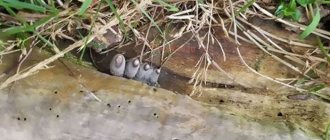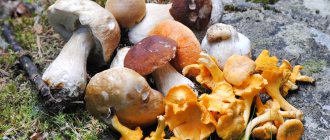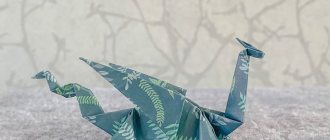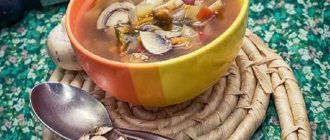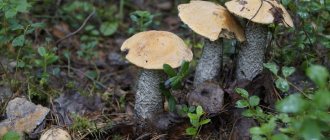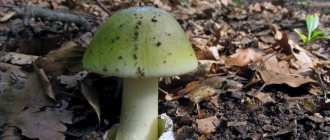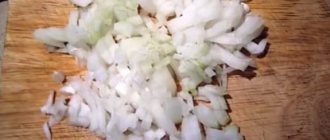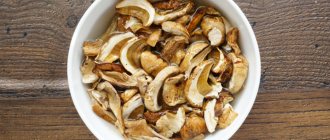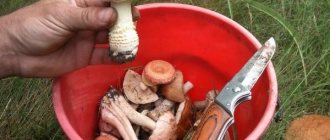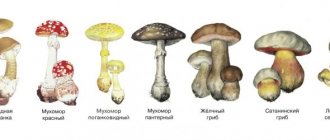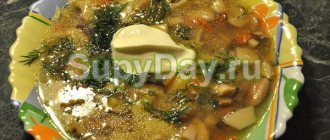In the forests of the central zone, in the mountains of Kamchatka and on the Kola Peninsula, in the forest belts of the North Caucasus and the famous steppes of Kazakhstan, in the regions of Central Asia, more than 300 species of edible mushrooms grow, which lovers of “silent hunting” love to collect.
Indeed, the activity is very exciting and interesting, which also allows you to feast on the harvest. However, you need to know about mushrooms so that poisonous ones do not end up in the basket along with edible ones, which, if eaten, can cause severe food poisoning. Edible mushrooms with photos, names and descriptions are offered for review by anyone interested in collecting mushrooms.
Schizophyllum commune
0
One of the most widespread mushrooms in the world, it is found on every continent except Antarctica (where there is simply no wood to use as a substrate). Despite the fact that European and American sources classify it as an inedible mushroom, it is not poisonous, although it is of little culinary interest due to its toughness. The common gorse is actually edible and is widely eaten in Mexico and other tropical countries.
Edible mushrooms
Edible mushrooms are mushrooms that are completely safe for humans and can be eaten raw, dried or boiled. They do not contain toxic substances that can harm health. Edible mushrooms have a pleasant aroma and good taste.
Porcini
White mushroom
White mushroom or boletus is one of the most common edible species. It is distinguished by a light shade that does not change even after heat treatment.
Appearance Features:
- the cap is brownish-brown in color, up to 8-30 cm in diameter;
- the pulp is juicy, dense, fleshy, white;
- barrel-shaped leg up to 13 cm in height.
Porcini mushrooms grow on all continents except Australia and Antarctica. Most often they can be seen in deciduous, mixed and coniferous forests. Depending on the region, boletus mushrooms appear from late September to November.
boletus
Boletus
The favorite place for boletus to grow is forest edges and wet lowlands, near birch and poplar trees. Some species are found in coniferous forests and swampy areas.
Appearance Features:
- a hemispherical cap, up to 6-15 cm in size;
- the color of the cap is grayish-brown or reddish-brown;
- the leg is thin, narrowed towards the top;
- leg diameter - from 2 to 3.5 cm, height up to 10-15 cm.
The pulp is white, dense, but over time it becomes grayish and loose. You can harvest boletus from the end of May until the first frost.
Autumn honey fungus
Autumn honey fungus
A distinctive feature of autumn honey fungus is its dense pulp, so they require long-term heat treatment. As mushrooms age, they become tougher and more fibrous, which is why they are most often used for drying.
The caps of honey mushrooms are convex, gradually becoming flatter or bending upward. Their diameter ranges from 3 to 16 cm, and their color can range from brown-yellow to bright orange. The pulp is light cream or white, the plates are snow-white.
You can go for autumn honey mushrooms from the second half of August until November.
Boletus
Boletus
Boletuses can be recognized by their dense, stocky stem, fleshy flesh and brightly colored cap. Depending on the type, the diameter of the hemispherical cap can be 6-25 cm. Over time, it becomes more convex.
The leg is club-shaped, up to 20-23 cm high. It is covered with small scales of black or dark brown color.
Boletuses prefer deciduous, mixed forests, the sides of forest or steppe roads, and shady thickets. Depending on the type, mushrooms ripen from the second half of September to the end of October.
Common chanterelle
Common Chanterelle
A characteristic feature of the common Chanterelle is its bright orange color. Young mushrooms have a flat cap; as they grow older, a funnel appears in its center, and it takes on an irregular shape.
The edging is folded and wavy, the diameter reaches 5-8 cm. The flesh is juicy and elastic, of a rich orange-yellow hue. The stem of the mushroom is elastic and dense, narrowed at the bottom, 5-8 cm long.
Common chanterelle is found in mixed, deciduous and coniferous forests and can be collected from early July to November.
Oiler
Oiler
The oiler is distinguished by the mucous surface of the cap, colored in a rich yellow, brown or purple hue. It is usually small in size - up to 10-13 cm.
The cap can be flat or convex, it is covered with mucus. The pulp is white and soft, the stem is solid, up to 12-15 cm long.
Most often, boletus can be found in coniferous forests, under spruce and pine trees, in sunny meadows and clearings. The first harvest is harvested in June, the next time you can go for mushrooms in the second half of August or early September.
White truffle
White truffle
Under natural conditions, white truffle grows exclusively on the roots of certain trees - poplar, beech, oak, hazel. For industrial use, this rare mushroom is grown on special farms. The largest part of truffles grows in Italy, Croatia and France.
The mushroom has a round shape that resembles a dirty stone with a brown surface.
The pulp is marbled, grayish. The size of a large truffle does not exceed 3-5 cm. Interesting fact : truffles are considered the most expensive mushrooms in the world - the price for 1 kg of the delicacy can reach $8,000.
Kozlyak
Kozlyak
Kozlyak or moss fly is distributed throughout Eurasia. It ripens in the second half of August or early September.
Interesting: Butter
